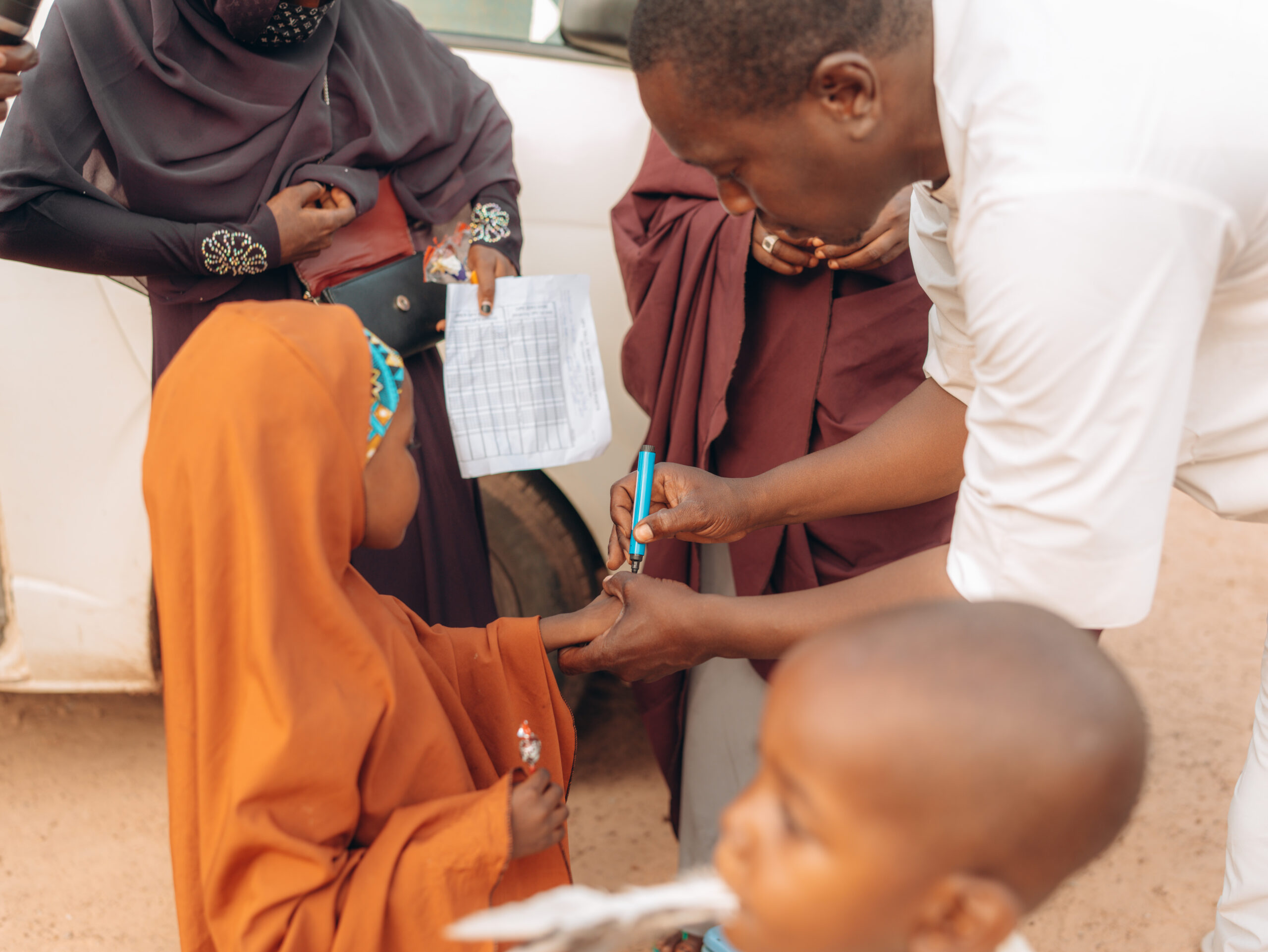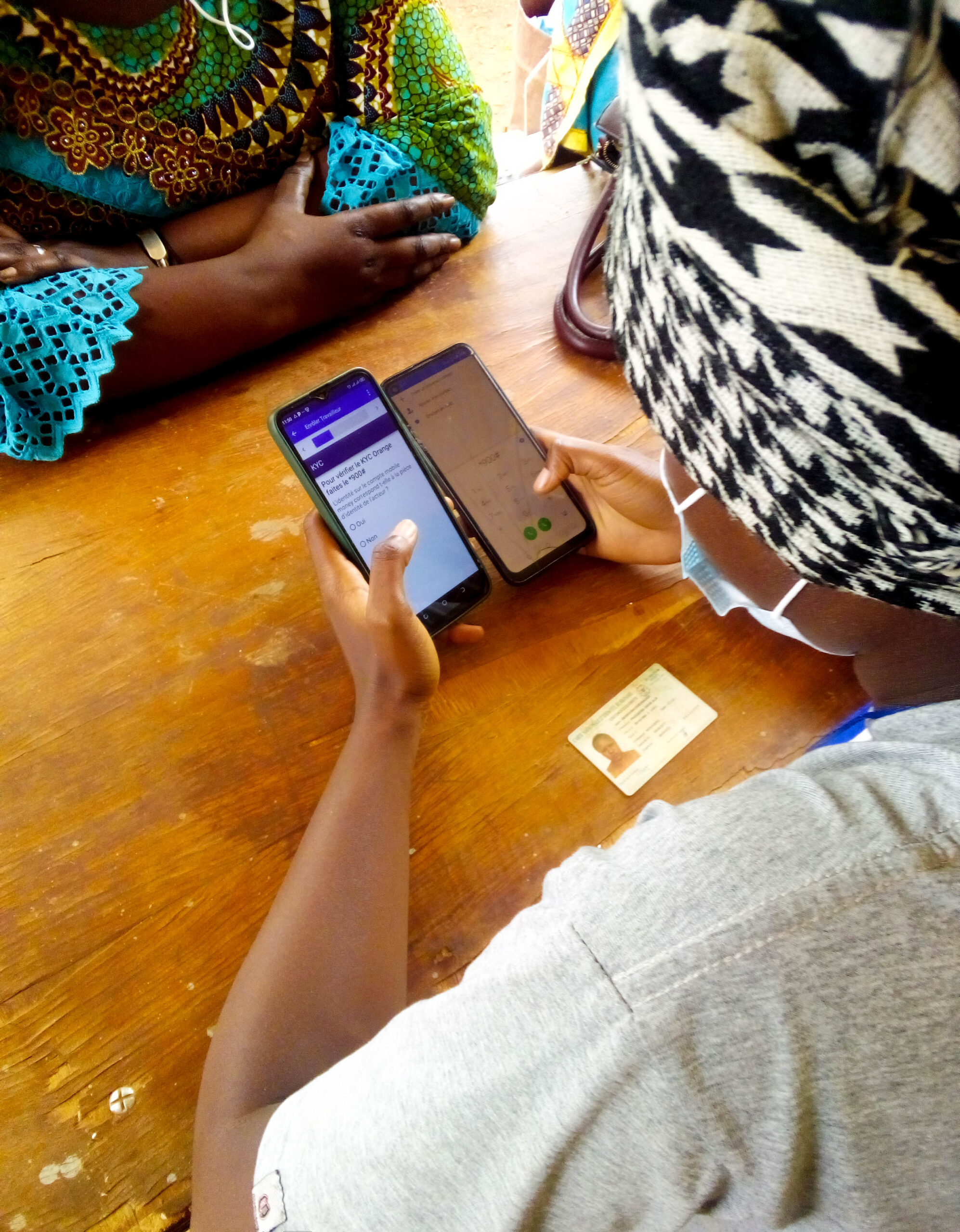Program Implementation
Using Community Birth Data to Target Immunization in a Conflict-Affected Area
In Northwestern Nigeria, internal displacement resulting from ongoing terrorism and environmental challenges, such as drought, has made it difficult to accurately estimate the number of children who need immunization and other essential health services. In such fragile and conflict-affected settings, reliable community birth data is essential for demographic estimation, equitable planning, and effective service delivery. However, the lack of equity-related parameters in key program data tools has limited the ability to analyze and address disparities in birth registration and child health service delivery. In response, ACE supported Gombe State to implement a project to assess childbirth registration data with a particular focus on identifying equity concerns that affect the completeness and accuracy of such data. Approach The project employed a four-pronged approach involving stakeholder engagement, data collation, analysis, and dissemination: Stakeholder engagement and alignment with key decision-makers, including officials from the Gombe State Primary Health Care Development Agency (PHCDA). Data collation: Birth data were collected from several complementary sources, including the National Population Commission outreach reports, RapidSMS data from the National Population Commission, DHIS2 facility-based data, the National Demographic and Health Survey (NDHS), and REW microplan data. Data was collated from all 11 Local Government Areas (LGAs) in Gombe State. Data analysis: The project team conducted an in-depth analysis of the data collected, with special attention to equity dimensions. Variables assessed included the gender of the child, birth order, maternal and paternal education, household size, and type of health facility. Report development and dissemination Results Birth registration rates were generally low across health facilities in Gombe State. Interestingly, rural areas reported more registered births than urban areas. No gender disparities were observed in the reporting of births. However, households with more children were less likely to register births, and single births had higher registration rates compared to multiple births. Additionally, birth registration declined with increasing maternal age. In rural LGAs, birth registration rates were higher among mothers and fathers with a Koranic education. Recommendations The project recommended that birth summary forms be revised to include gender-disaggregated and other equity-related data points. This revision will allow a better understanding of the factors influencing birth registration and facilitate more equitable service delivery. It is also recommended that health data tools used across MDAs be reviewed and updated to support equity analysis in routine decision-making.
Enumeration of Children Under 2, 5, and Women of Childbearing Age (WCBA)
This project, funded by Gavi, the Vaccine Alliance, involved a comprehensive enumeration of settlements within 0-2 kilometres of health facilities. We trained local teams on data collection tools, successfully identifying previously excluded children under 2-5 years old and women, enhancing the accuracy of health interventions.



